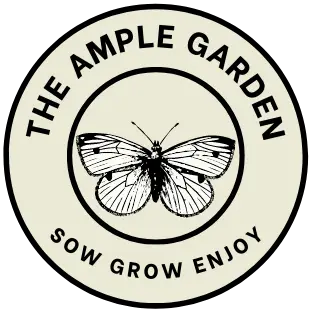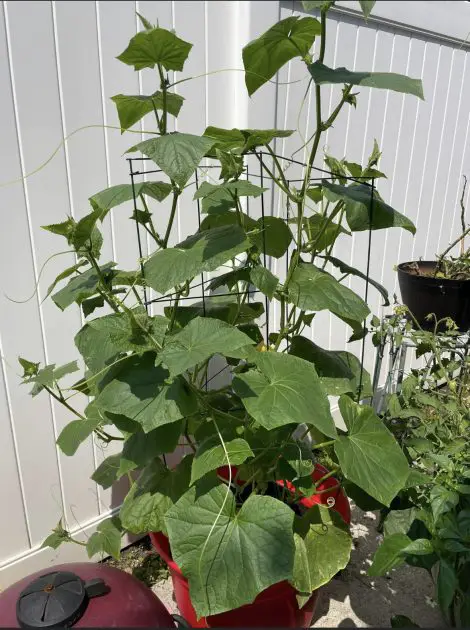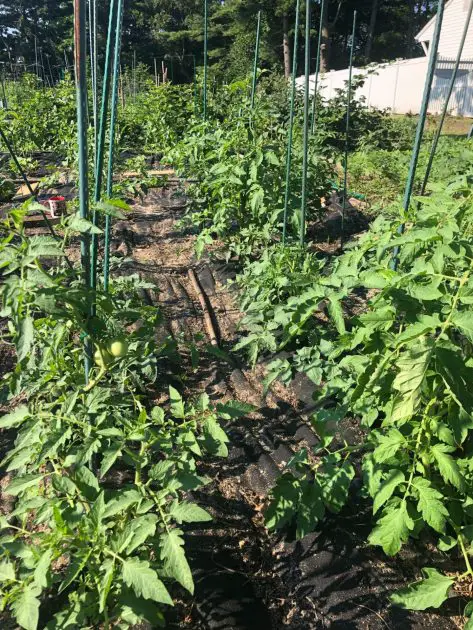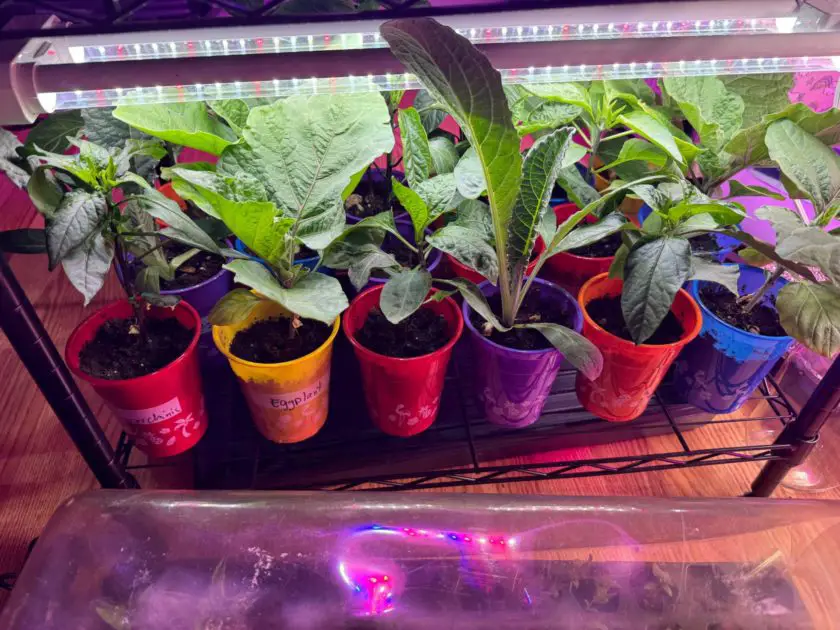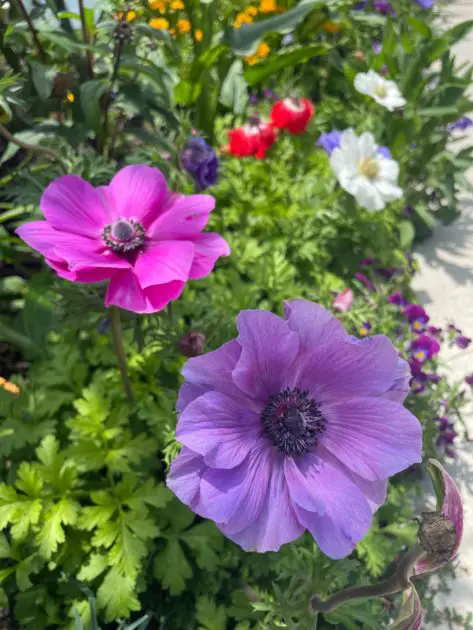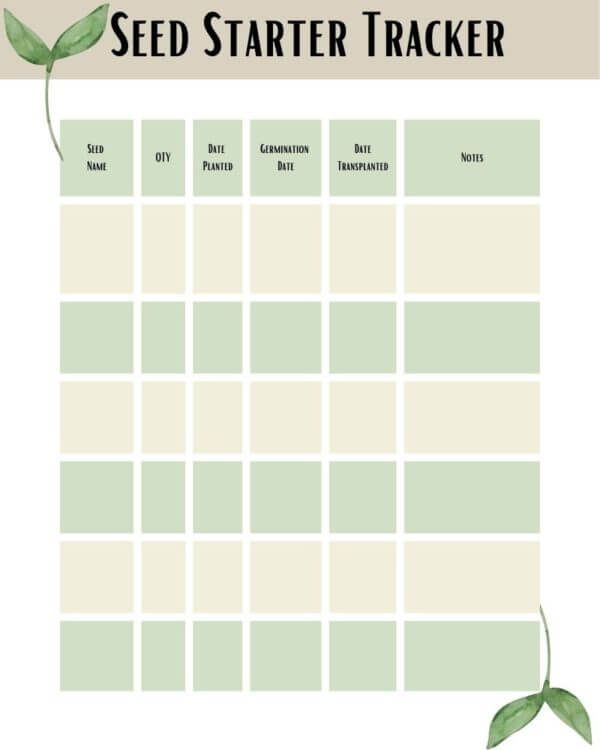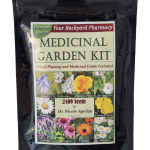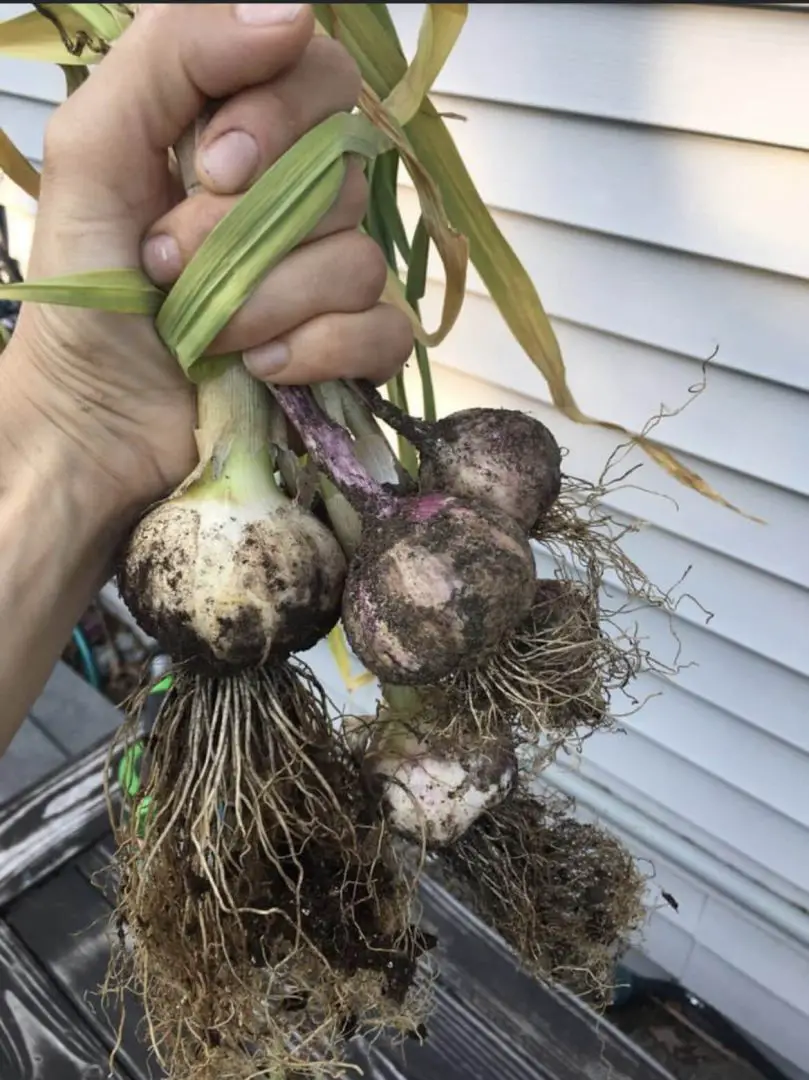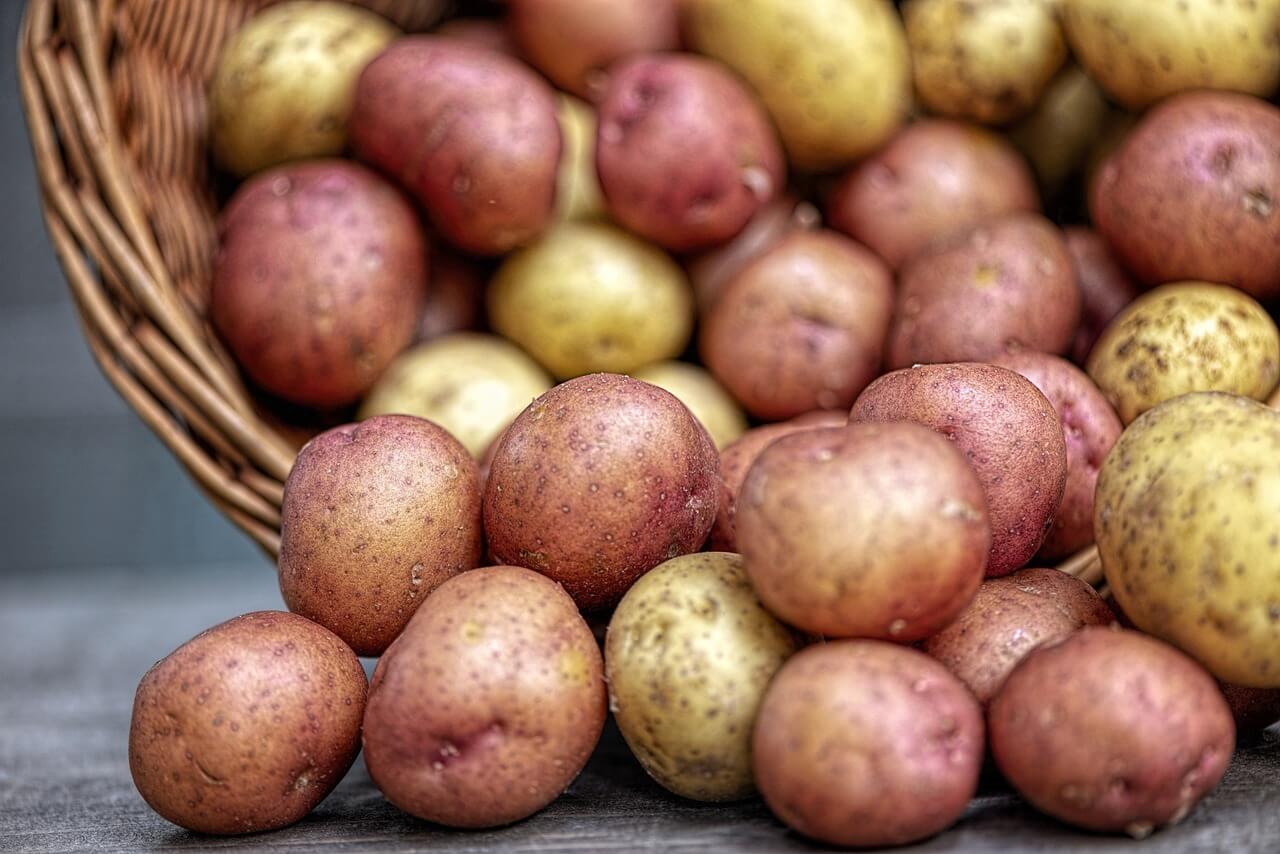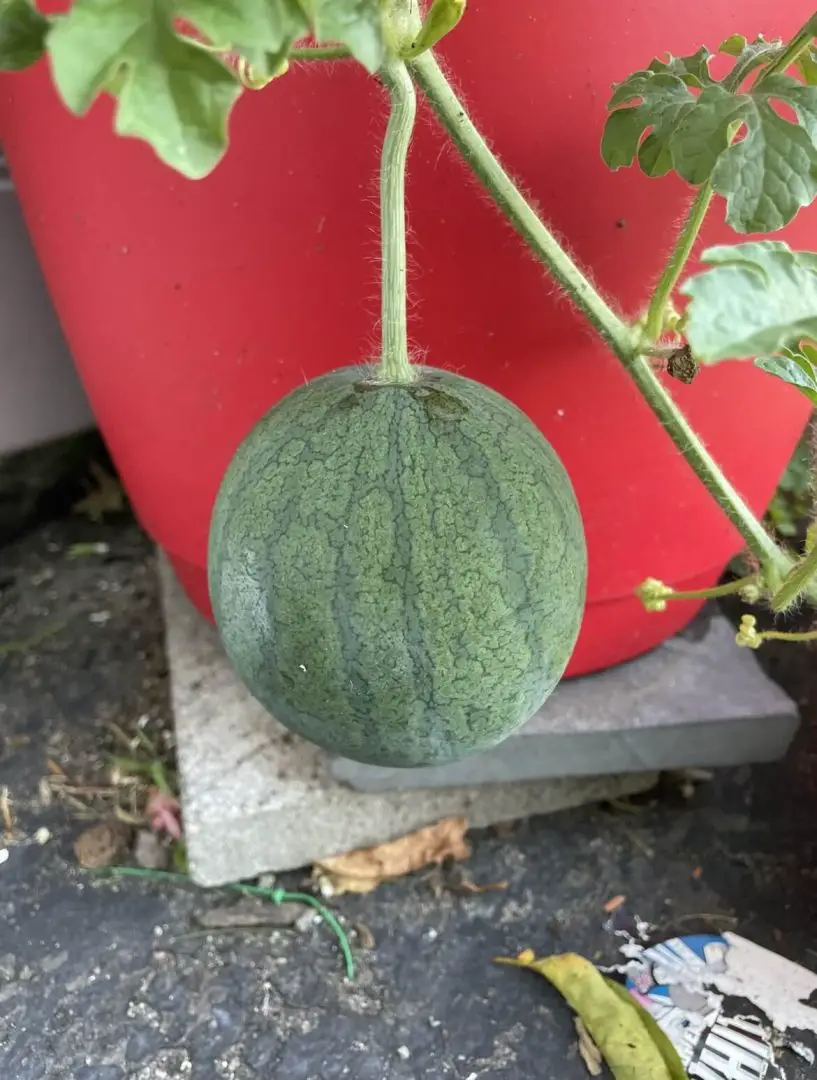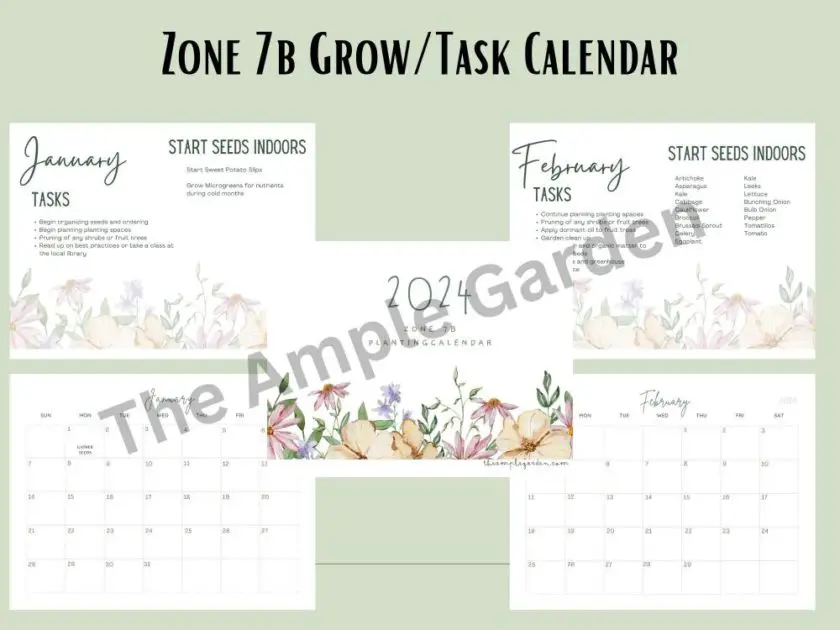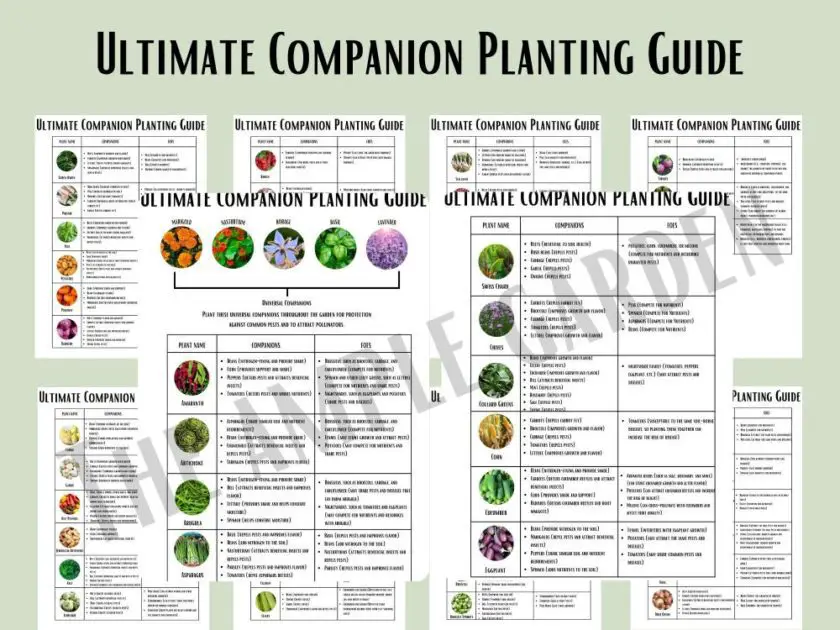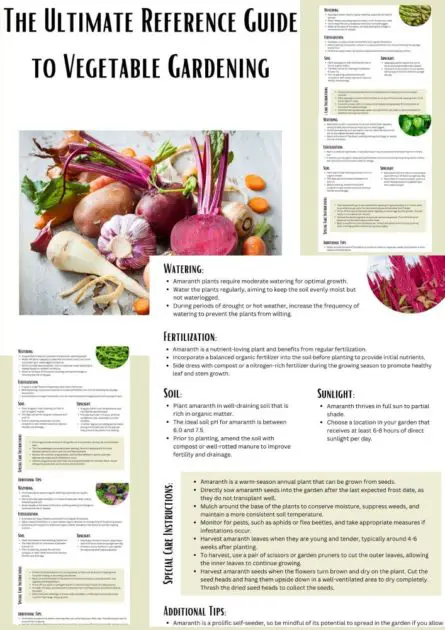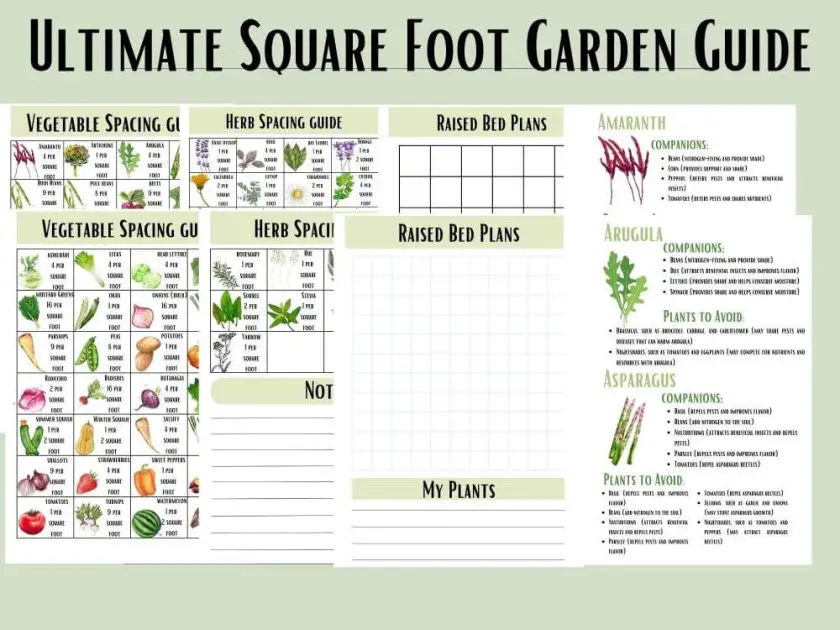We grow a lot of cucumbers in our backyard garden. One plant can produce pounds and pounds of delicious cukes. The difference between a mediocre harvest and and abundant one lies in the secret of companion planting. If you are looking to battle pests naturally and produce pounds of cucumbers, you’re in the right place. We will go over everything you need to know to create an abundant harvest of delicious, healthy cucumbers and how to succeed at companion planting cucumbers. Let’d dive in!
Key Takeaways
- Beneficial Insect Attraction: Planting cucumbers alongside certain companion plants can attract beneficial insects like ladybugs and parasitic wasps, which help control pests such as aphids and cucumber beetles. For instance, consider planting marigolds, borage, or nasturtiums near your cucumber patch to lure these helpful insects.
- Space Optimization and Nutrient Sharing: Companion plants can help optimize space in your garden and enhance soil health. For cucumbers, interplanting with nitrogen-fixing legumes like beans or peas can improve soil fertility by adding nitrogen. Additionally, shallow-rooted herbs like radish can deter pests while not competing heavily for nutrients with cucumbers, thus maximizing the use of available resources.
- Natural Pest Repellent: Some companion plants emit scents or chemicals that repel common cucumber pests, reducing the need for chemical pesticides. For instance, planting strong-smelling herbs like garlic or thyme can deter pests like aphids and squash bugs. Similarly, planting radishes nearby may help repel cucumber beetles, thus protecting your cucumber plants from damage.
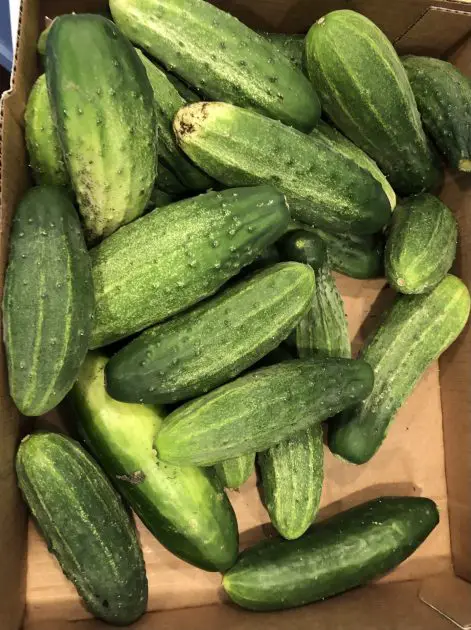 Pin
Pin Helpful Items When Companion Planting Cucumbers
Why Companion Planting?
Starting a garden is fun, rewarding, and good for your health. It’s true! According to a BBC article, gardening is a low-intensity physical activity that can increase life expectancy.
There is evidence that supports the idea that gardeners live longer and are less stressed through the act of gardening. Although this may all be true, it can also be a great form of angst when a gardener sees their beloved vegetables overtaken by destructive pests. This is where companion planting comes in.
Companion planting is a gardener’s saving grace. Plants, like people, have preferences in the company they keep. Understanding the symbiotic relationships of plants can benefit your garden ten fold. Some companion plants will serve as a living mulch while others will lure beneficial insects to your garden.
Still others can help deter detrimental pests that could otherwise harm your crop. When it comes to cucumber plants, incorporating companion planting can greatly improve your yields.
Planting radish next to cucumbers, for instance can help repel cucumber beetles. Marigolds, nasturtium and calendula can all help repel beetles, thrips, and other devastating pests. Learning which plants to incorporate with cucumber plants will lead to healthier plants and higher yields. Let’s dive in!
Cucumber: A Crunchy Addition to Your Garden
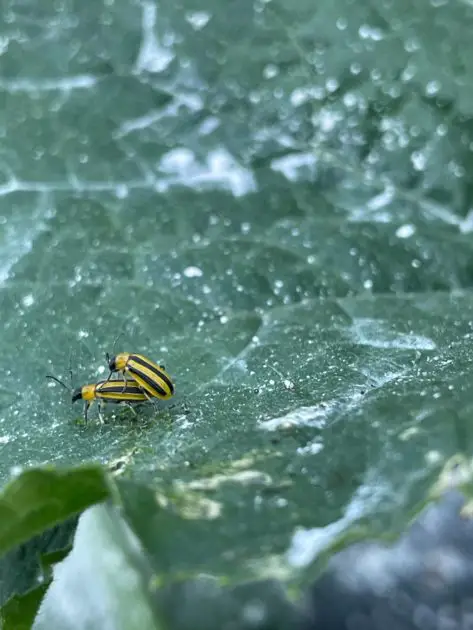 Pin
Pin Cucumber (Cucumis sativus), is a popular vegetable among home gardeners. They grow fairly easily on expanding vines and produce pounds of cukes per vine. They are delicious in salads, sandwiches, pickled, or made into relish. Cucumber plants are quick growers.
I direct sow my seeds in zone 7b, at the end of May. This coincides within the last two weeks of the last frost date in my area. My favorite variety of pickling cucumbers do very well planted in containers.If you are interested on learning how to grow cucumbers in containers, check out our article here. I grow salad cucumbers that are resistant to powdery mildew and downy mildew, an advantage, and one less thing to battle in the garden.
When you plant these crunchy treats, there are essential conditions that must be provided. When you plant cucumbers, there are essential conditions that must be provided.
- Cucumbers need abundant sunshine-at least 6-8 hours a day.
- Plants should be positioned 1 plant per square foot allowing ample room for root expansion
- Consistent watering and proper fertilization will foster vigorous growth
Companion Plants for Cucumbers
When companion planting cucumbers, adding the right combination of plants can change the dynamics of your garden. Marigold, beans, nasturtium, and radish are all great choices as comanions to your cucumber plants. Let’s delve into each one.
Marigold and Calendula
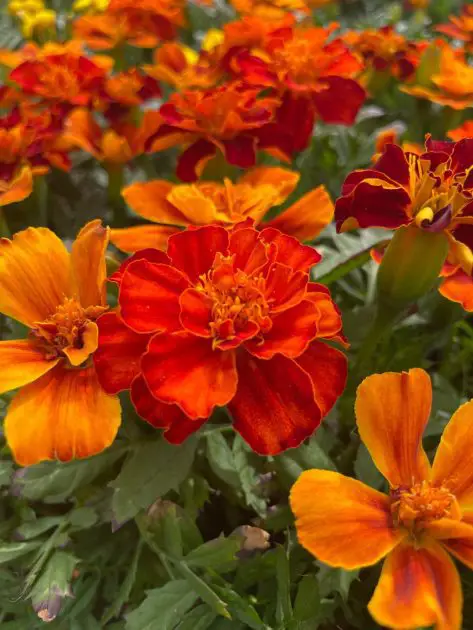 Pin
Pin Marigolds and calendula are my number one defenses in the garden. I plant them everywhere and throughout both by flower and vegetable beds. These aromatic flowers are wonderful at battling pests that could otherwise decimate your cucumbers. The best part? They are very easy to grow from seed and do well directly sown into the garden. I like to winter sow my seeds as it allows me to get a head start on the year. I tend to be a little impatient when it comes to my flowers. When companion planting cucumbers marigolds will do a great job protecting your crop.
Borage
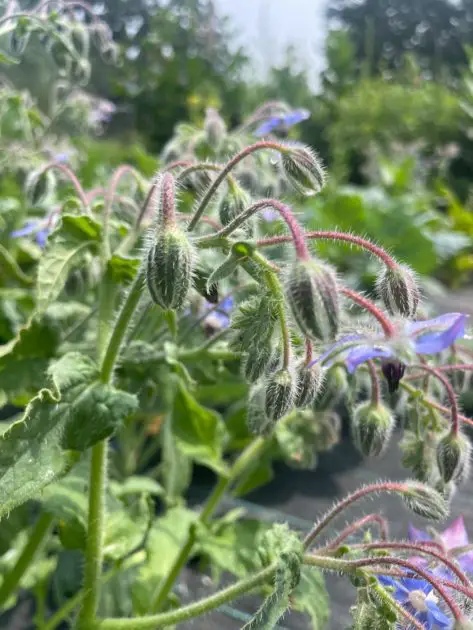 Pin
Pin Borage is a wonderful companion to cucumber. The delicate flowers of borage are edible and ironic enough, taste like cucumber. We like to add these flowers as a garnish to summer mojitos. The purple flowers don’t just taste great, they do a fantastic job at attracting pollinators such as bees.
Radish
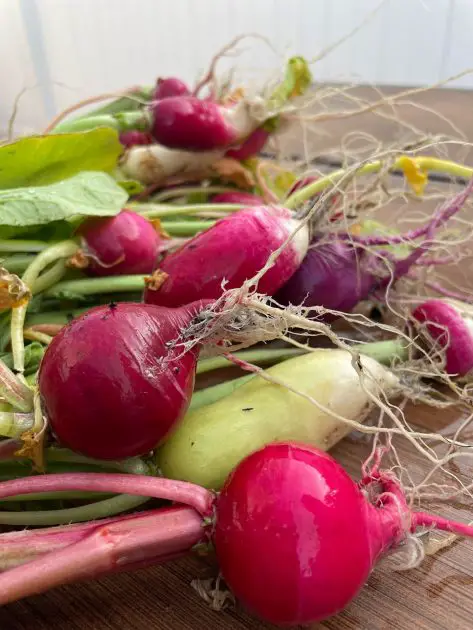 Pin
Pin Radish is a fantastic companion to grow with cucumber. For one, radish are fast growers. Because the bulb forms under the ground, they do a good job of loosening up compacted soil. Secondly, radish do a good job of repelling pests such as the cucumber beetle.
Nasturtium
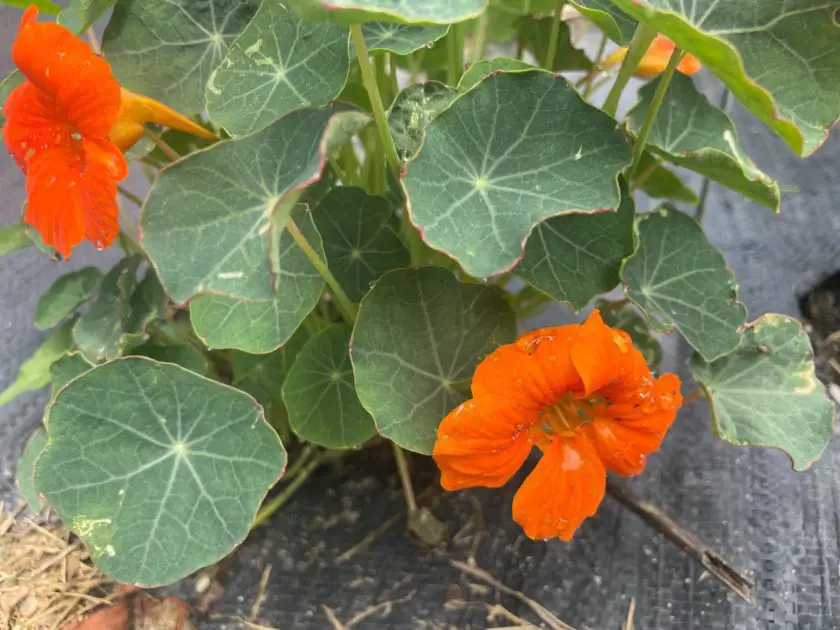 Pin
Pin Nasturtium is what’s known as a trap crop in the gardening world. This means it is able to lure detrimental pests away from more desirable vegetables and sacrifice itself for the greater good. If this wasn’t enough, nasturtium flowers and leaves are both edible. Toss them in a salad with cut up cucumber for a zesty kick.
Beans/Peas
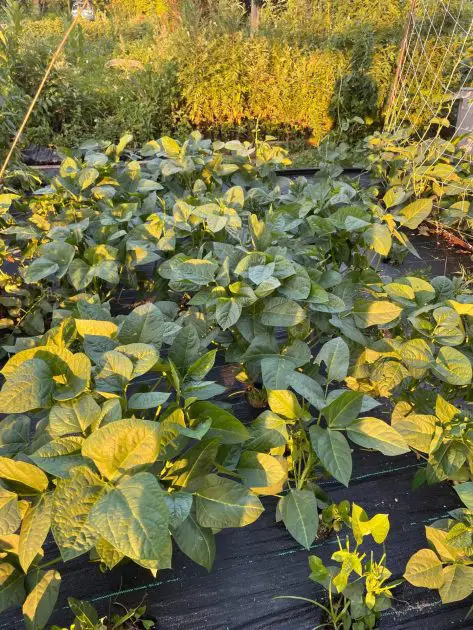 Pin
Pin Beans such as pole beans, bush beans, cow peas, or peas are great companions to cucumbers. Beans are nitrogen fixing vegetables. This means they are able to convert atmospheric nitrogen into something plants can use. Cucumbers are heavy feeders and the nitrogen from the legumes will help their growth.
Corn
Corn is a nice addition to the garden and when planted near cucumber, they offer a benefit to growing cucumber plants. Corn offers cucumber shade during the summer months. In addition, corn offers cucumber its sturdy stalk as a climbing support lessoning the need for manmade trellises.
Garlic
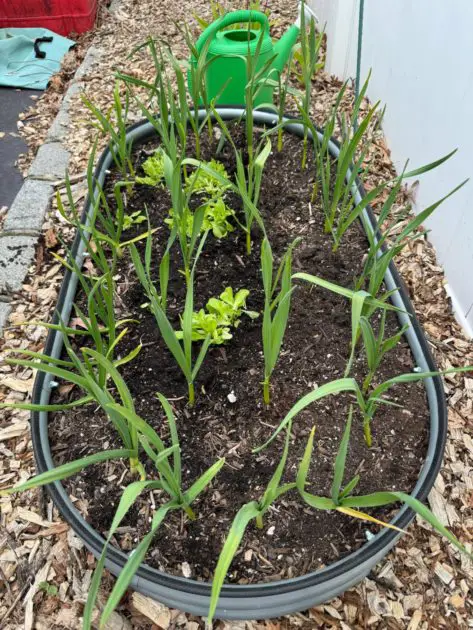 Pin
Pin Although garlic is normally planted in the fall, I plant a spring garlic as a companion plant throughout my vegetable beds. The benefits of garlic as a companion plant can be further read up on here. Spring garlic can be planted as soon as the ground thaws and is workable. It repels detrimental pests such as aphids and even has anti fungal properties. I plant garlic throughout my beds in between rows. The one caveat is to keep it away from beans and peas. They will inhibit their growth.
Thyme
There are many benefits to planting thyme alongside cucumber. They are a fantastic pest repellant and do a good job of keeping aphids and cucumber beetles away from the garden. In addition, thyme contains antimicrobial properties that can help protect your cucumber crop from root rot or damping off.
Plants to Avoid Near Cucumber
Picking the right companion for your cucumber is important; however, just as important is putting some thought into what plants to keep away from them as well. Certain vegetables can inhibit the growth of your cucumbers and even draw in unwelcome pests. Let’ discuss which veggies you should keep at a distance.
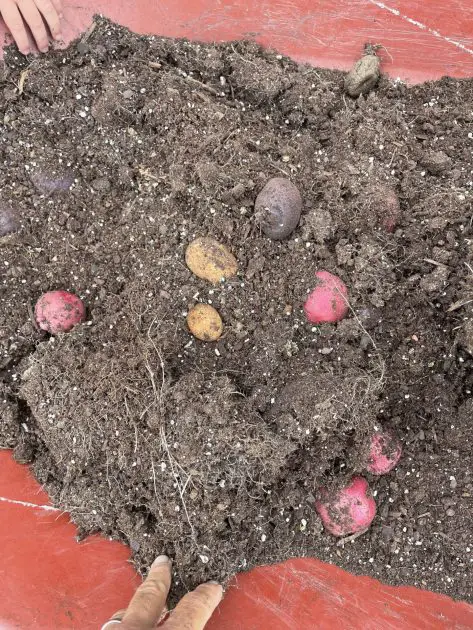 Pin
Pin Potato
Potato should not be planted near cucumber due to their heavy feeding and ability to deplete nutrients from the soil that cucumber needs to thrive. In addition, potato plants are susceptible to potato blight. You do not want to plant vegetables that can harbor similar diseases to one another. Keep potatoes and cucumbers away from another when planning your garden space.
Melons
Steer clear of planting melons in close proximity to cucumber plants. They share many of the same diseases and will infect one another easily of planted too closely.
Fennel
This licorice flavored herb does not grow great with most vegetables and should be grown isolated in its own little patch or grown in a pot. Their roots emit a chemical that will stunt the growth of cucumber among other plants.
Frequently Asked Questions About Companion Planting Cucumbers
What is companion planting?
Why should I consider companion planting cucumbers?
Which plants are good companions for cucumbers?
Sample Garden for Companion Planting Cucumbers
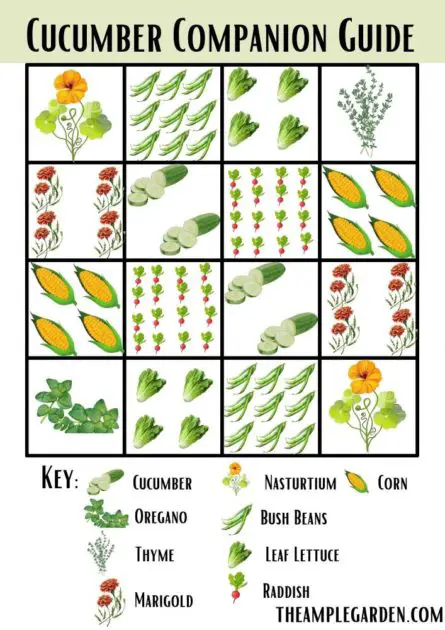 Pin
Pin Final Thoughts
Utilizing companion planting in your garden has many benefits. It will decrease the population of harmful pests while increasing the visibility of beneficial ones. By planting marigolds, thyme, borage, and radish near your cucumber plants, you will give them the best possible growing environment for their health. While it may not completely eradicate the need for chemical treatments, it will make a substantial difference in the health of your harvests. Let us know in the comments below if you have any questions and as always, Happy Growing!
